Ultimate Guide to Advanced Git and GitHub: Overview of GitLab & Bitbucket
 Debojit Saha
Debojit Saha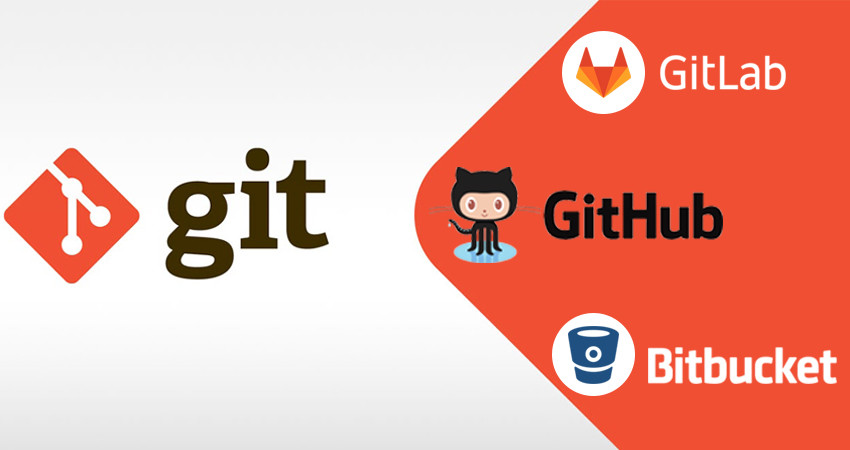
Introduction
In software development, mastering advanced tools and techniques is crucial for efficiency and collaboration. Git, GitHub, GitLab, and Bitbucket offer features beyond basic version control, like rebasing, cherry-picking, stashing, submodules, and Git hooks in Git, as well as GitHub Actions, GitLab CI/CD pipelines, and Bitbucket Pipelines. This blog explores these advanced functionalities to help developers improve productivity and code quality.
1. Advanced Git Features

Rebasing
Rebasing is the process of moving or combining a sequence of commits to a new base commit. By default, a rebase will simply drop merge commits from the todo list, and put the rebased commits into a single, linear branch.
Use cases: Clean up commit history, integrate changes from one branch into another.
Difference from merging: Rebasing rewrites commit history, while merging preserves it.
How to perform a rebase:
git checkout <feature-branch> git rebase main
Cherry-Picking
Cherry-picking allows you to apply changes introduced by some existing commits.
Scenarios: Apply a specific commit from one branch to another.
How to cherry-pick a commit:
git cherry-pick <commit-hash>
Stashing
Stashing is useful when you want to save your work temporarily without committing it.
Purpose: Save changes that you’re not ready to commit.
Create a stash
git stash
- To list all the stash entries
git stash list
This will give an output that looks something like this
stash@{0}: WIP on my-branch: ca96af0 Commit message 3
stash@{1}: WIP on my-branch: 03af20c Commit message 2
stash@{2}: WIP on my-branch: 216b662 Commit message 1
- If we want to remove a stash entry from the list, we use
pop. It will pop the last stash entry by default
git pop
To pop an individual stash
git pop stash@{2}
Submodules
Submodules allow you to keep a Git repository as a subdirectory of another Git repository.
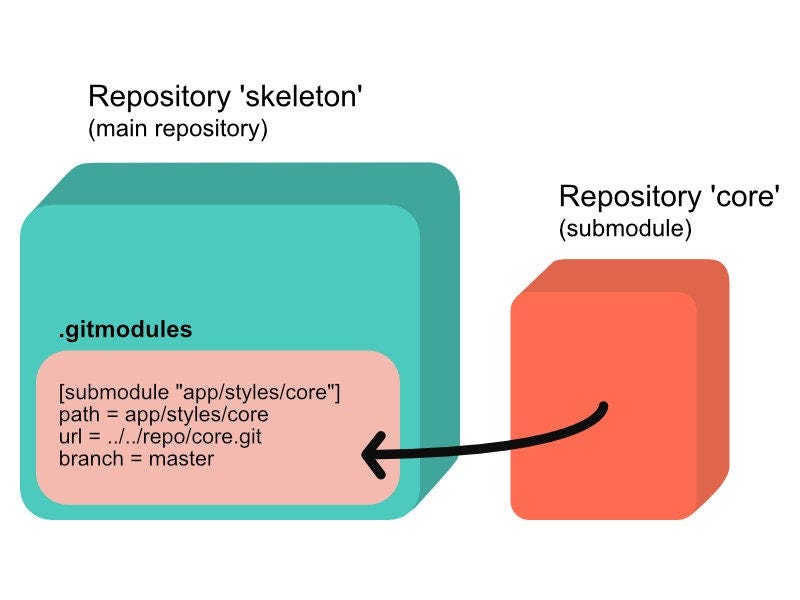
Use cases: Manage dependencies.
How to add and manage submodules:
git submodule add <repository-url>.gitmodules: In this file we have to define:path to submodule folder
url to submodule repository
branch
[submodule “app/styles/core”]
path = app/styles/core
url = ../../repo/core.git
branch = master
Git hooks
Git hooks are scripts that run automatically every time a particular event occurs in a Git repository. They let you customize Git’s internal behavior and trigger customizable actions at key points in the development life cycle.
Installing hooks
Hooks reside in the .git/hooks directory of every Git repository. Git automatically populates this directory with example scripts when you initialize a repository. If you take a look inside .git/hooks, you’ll find the following files:
applypatch-msg.sample pre-push.sample
commit-msg.sample pre-rebase.sample
post-update.sample prepare-commit-msg.sample
pre-applypatch.sample update.sample
pre-commit.sample
To install a hook, all you have to do is remove the .sample extension.
As an example, try installing a simple prepare-commit-msg hook. Remove the .sample extension from this script, and add the following to the file:
#!/bin/sh
echo "# Please include a useful commit message!" > $1
Hooks need to be executable, so you may need to change the file permissions of the script if you’re creating it from scratch. For example, to make sure that prepare-commit-msg executable, you would run the following command:
chmod +x prepare-commit-msg
- Scope of hooks: Hooks are local to any given Git repository, and they are not copied over to the new repository when you run
git clone. And, since hooks are local, they can be altered by anybody with access to the repository.
This has an important impact when configuring hooks for a team of developers. First, you need to find a way to make sure hooks stay up-to-date amongst your team members. Second, you can’t force developers to create commits that look a certain way—you can only encourage them to do so.
Maintaining hooks for a team of developers can be a little tricky because the .git/hooks directory isn’t cloned with the rest of your project, nor is it under version control. A simple solution to both of these problems is to store your hooks in the actual project directory (above the .git directory). This lets you edit them like any other version-controlled file. To install the hook, you can either create a symlink to it in .git/hooks, or you can simply copy and paste it into the .git/hooks directory whenever the hook is updated.
2. Advanced GitHub Features

GitHub Actions
GitHub Actions enable you to automate workflows directly in your GitHub repository.
Benefits: CI/CD, automated testing.
Setting up workflows:
name: CI on: [push] jobs: build: runs-on: ubuntu-latest steps: - uses: actions/checkout@v2 - name: Run a one-line script run: echo Hello, world!
GitHub Packages
GitHub Packages provides hosting for software packages, making it easy to distribute them.
How to use: Integrate with npm, Maven, Docker, etc.
Benefits: Unified hosting with GitHub repositories.
Security Features
Dependabot: Automates dependency updates.
Code scanning: Identifies vulnerabilities in your code.
Secret scanning: Detects secrets in your codebase.
GitHub Discussions
GitHub Discussions provides a space for conversations about your project.
Use cases: Community engagement, Q&A.
How to use: Enable discussions in your repository settings.

Project Management
GitHub offers robust project management tools.
GitHub Projects: Kanban-style boards for tracking issues and pull requests.
Milestones and Issues: Organize and prioritize tasks.
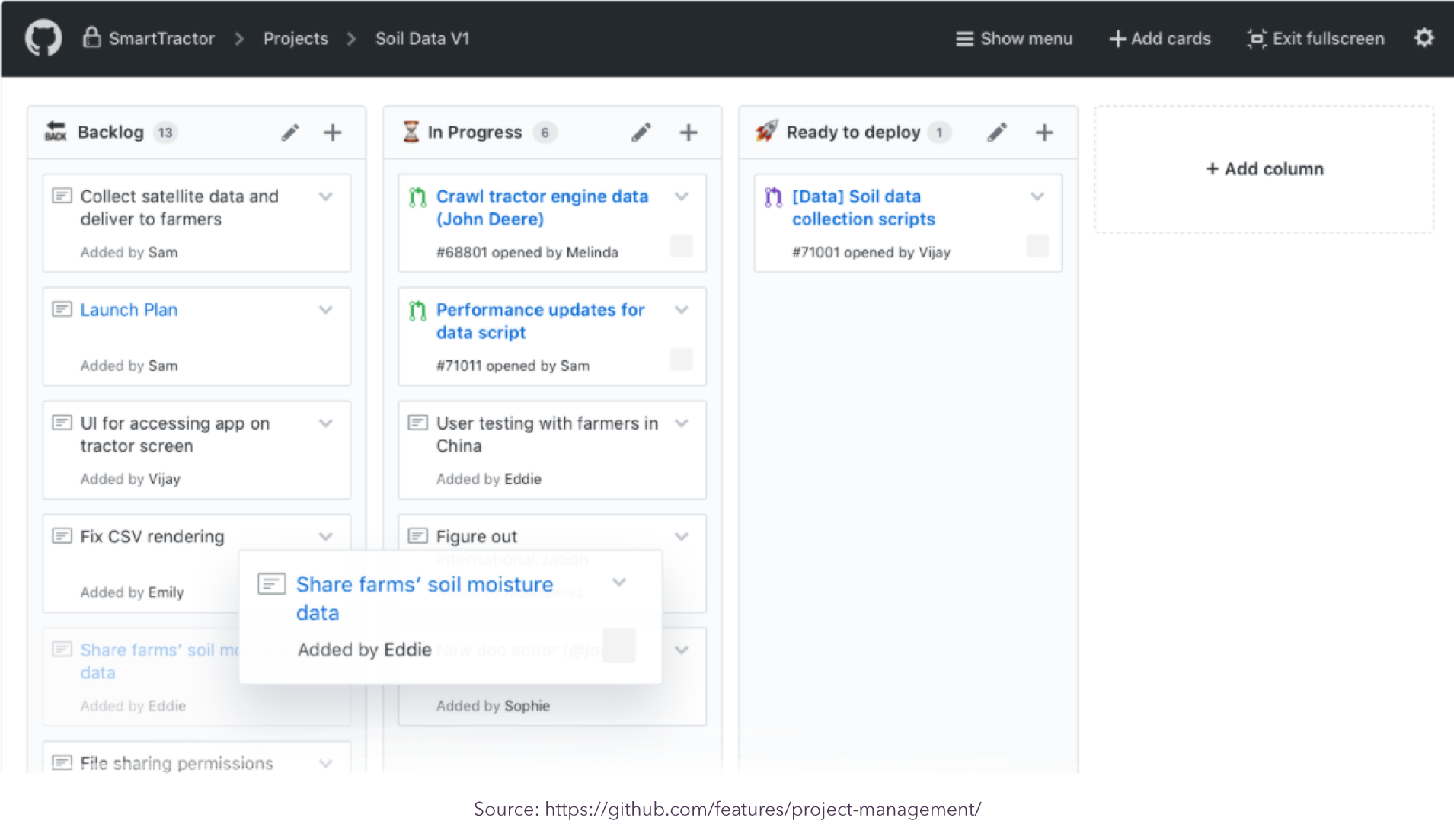
3. GitLab
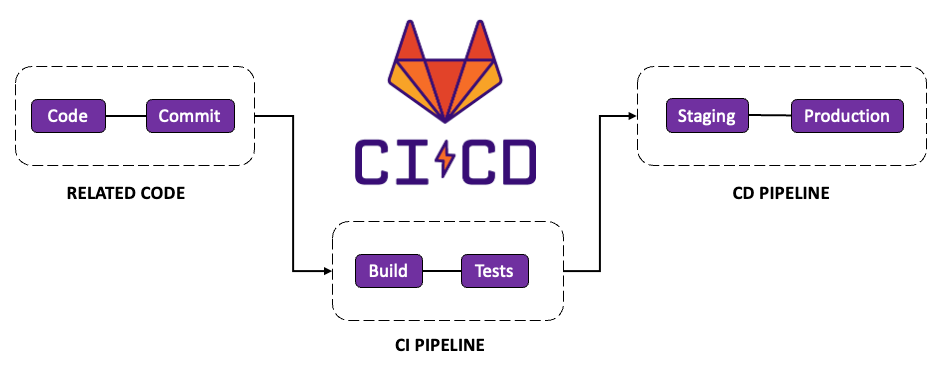
Overview of GitLab
GitLab is a complete DevOps platform, delivered as a single application.
Key features: Built-in CI/CD, comprehensive security features.
Comparison with GitHub: More features integrated into a single platform.
CI/CD Pipelines

GitLab CI/CD enables you to automatically build, test, and deploy your code.
Setting up pipelines: Define in
.gitlab-ci.yml.stages: - build - test - deploy build: stage: build script: - echo "Building..." test: stage: test script: - echo "Testing..." deploy: stage: deploy script: - echo "Deploying..."GitLab Runner
GitLab Runner is an application that works with GitLab CI/CD to run jobs in a pipeline.
How to set up:
sudo gitlab-runner register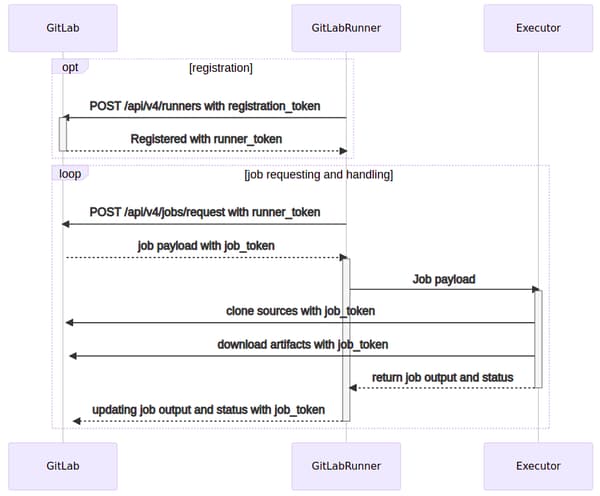
Security and Compliance
GitLab offers robust security features.
Features: Static Application Security Testing (SAST), Dependency Scanning, Container Scanning.
Compliance: Tools to manage compliance frameworks.
4. Bitbucket
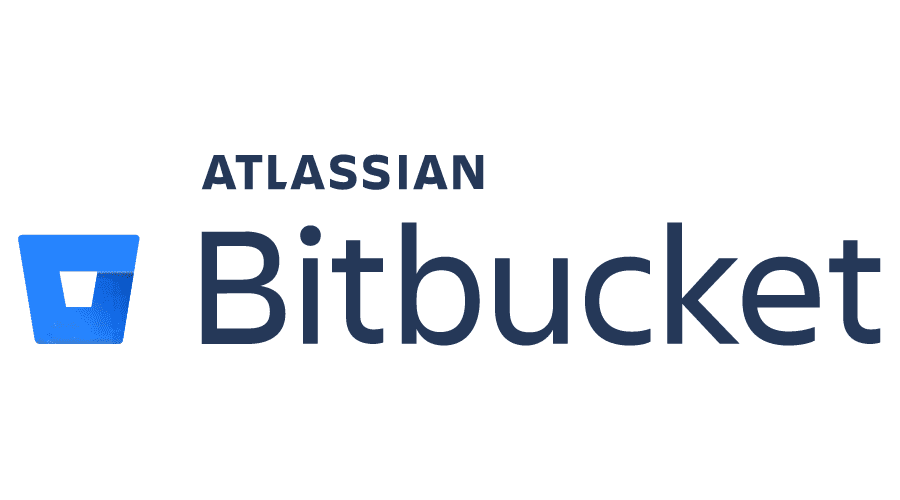
Overview of Bitbucket
Bitbucket, part of the Atlassian suite, integrates seamlessly with Jira.
Key features: Built-in CI/CD, excellent Jira integration.
Comparison: Focus on team collaboration and project management.
Bitbucket Pipelines
Bitbucket Pipelines offers integrated CI/CD.
Setting up pipelines: Define in
bitbucket-pipelines.yml.pipelines: default: - step: name: Build and Test script: - echo "Building and testing..."
Code Review and Collaboration
Bitbucket offers strong code review features.
Pull requests: Inline comments, approvals.
Jira integration: Link issues directly to pull requests.
Security Features
Bitbucket provides essential security features.
- Integration: Connect with various security tools.
Conclusion
Mastering advanced Git and GitHub features can significantly enhance your development workflow, making it more efficient and streamlined. From rebasing and cherry-picking to leveraging GitHub Actions and GitLab CI/CD pipelines, these tools offer powerful capabilities for version control, automation, and collaboration. Understanding and utilizing these features will not only improve your code management but also foster better team collaboration and project management. Whether you are working on a solo project or part of a large team, these advanced techniques and tools are essential for modern software development.
Subscribe to my newsletter
Read articles from Debojit Saha directly inside your inbox. Subscribe to the newsletter, and don't miss out.
Written by

Debojit Saha
Debojit Saha
Software developer with 2 years of experience in building dynamic web applications Passionate about creating engaging, user-friendly interfaces and scalable solutions with a focus on performance optimization. Sharing insights and best practices with the developer community.

